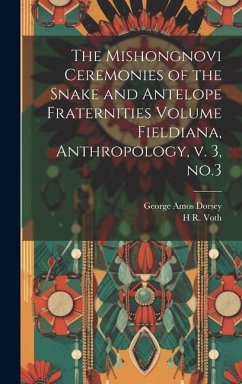
Snake War
Versandkostenfrei!
Versandfertig in 6-10 Tagen
22,99 €
inkl. MwSt.

PAYBACK Punkte
11 °P sammeln!
Please note that the content of this book primarily consists of articles available from Wikipedia or other free sources online. From the time time of the Ward Massacre in August 20, 1854 and the punitive Winnas Expedition in 1855, the Snake Indians commonly called the "Snakes" by the white settlers, where harrassing and sometimes attacked emigrant parties crossing the Snake River Valley. The U. S. Army had protected the migration by sending out escorts each spring after the end of the Spokane-Coeur d''Alene-Paloos War in 1858. However parties still were attacked, particularly if they were stra...
Please note that the content of this book primarily consists of articles available from Wikipedia or other free sources online. From the time time of the Ward Massacre in August 20, 1854 and the punitive Winnas Expedition in 1855, the Snake Indians commonly called the "Snakes" by the white settlers, where harrassing and sometimes attacked emigrant parties crossing the Snake River Valley. The U. S. Army had protected the migration by sending out escorts each spring after the end of the Spokane-Coeur d''Alene-Paloos War in 1858. However parties still were attacked, particularly if they were straggelers like the Myers party in the Salmon Falls Massacre, of September 13, 1860. As the withdrawal of Federal troops began in 1861, the void was filled by California Volunteers and later by the Volunteer Regiment of Washington and particularly the 1st Oregon Cavalry that replaced the Army escorts on the immigrant trails. However the influx of miners into the Nez Perce reservation during theClearwater Gold Rush raised tensions among all the tribes and divided the Nez Perce when a new treaty permitted the intrusion.












